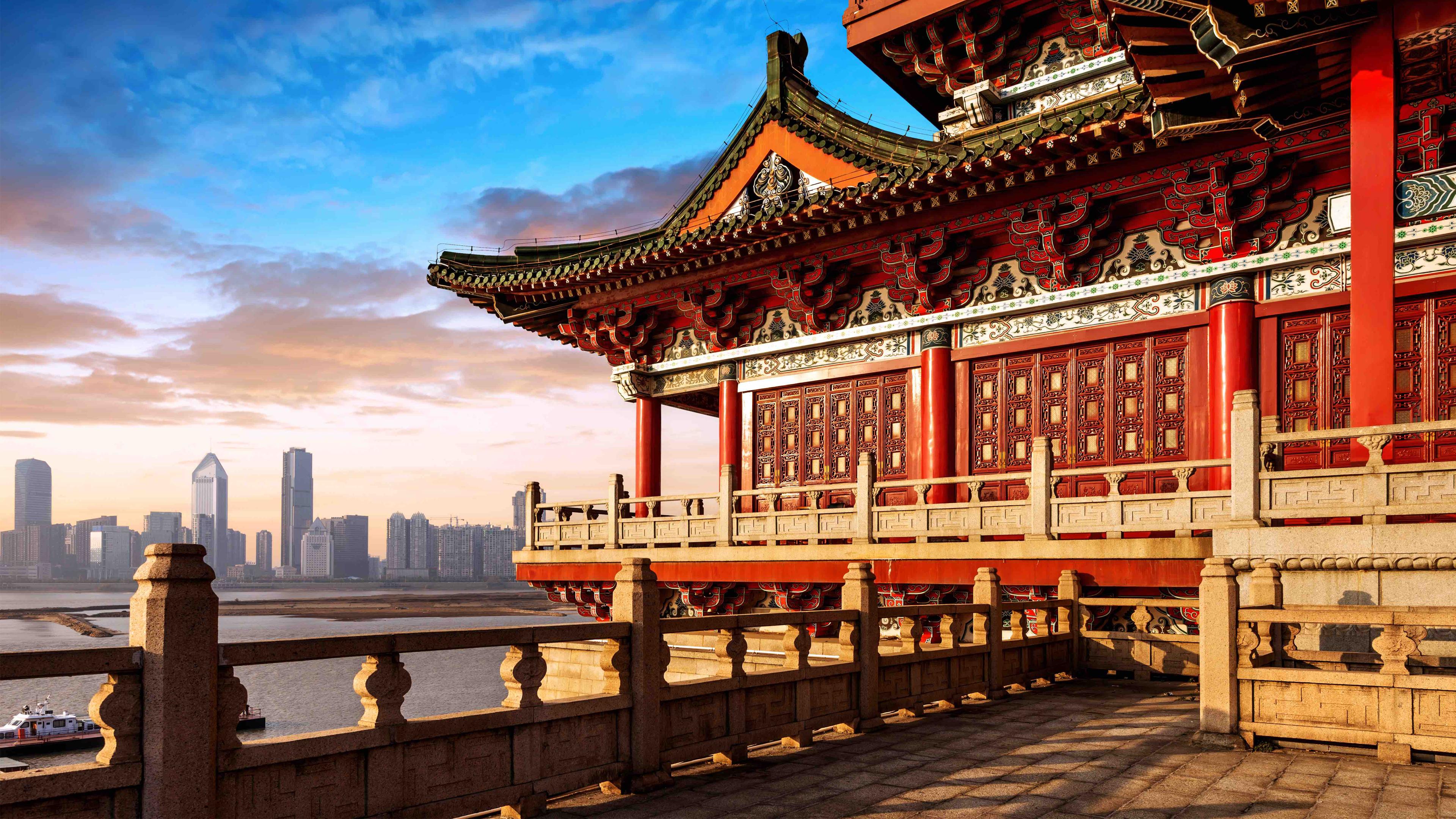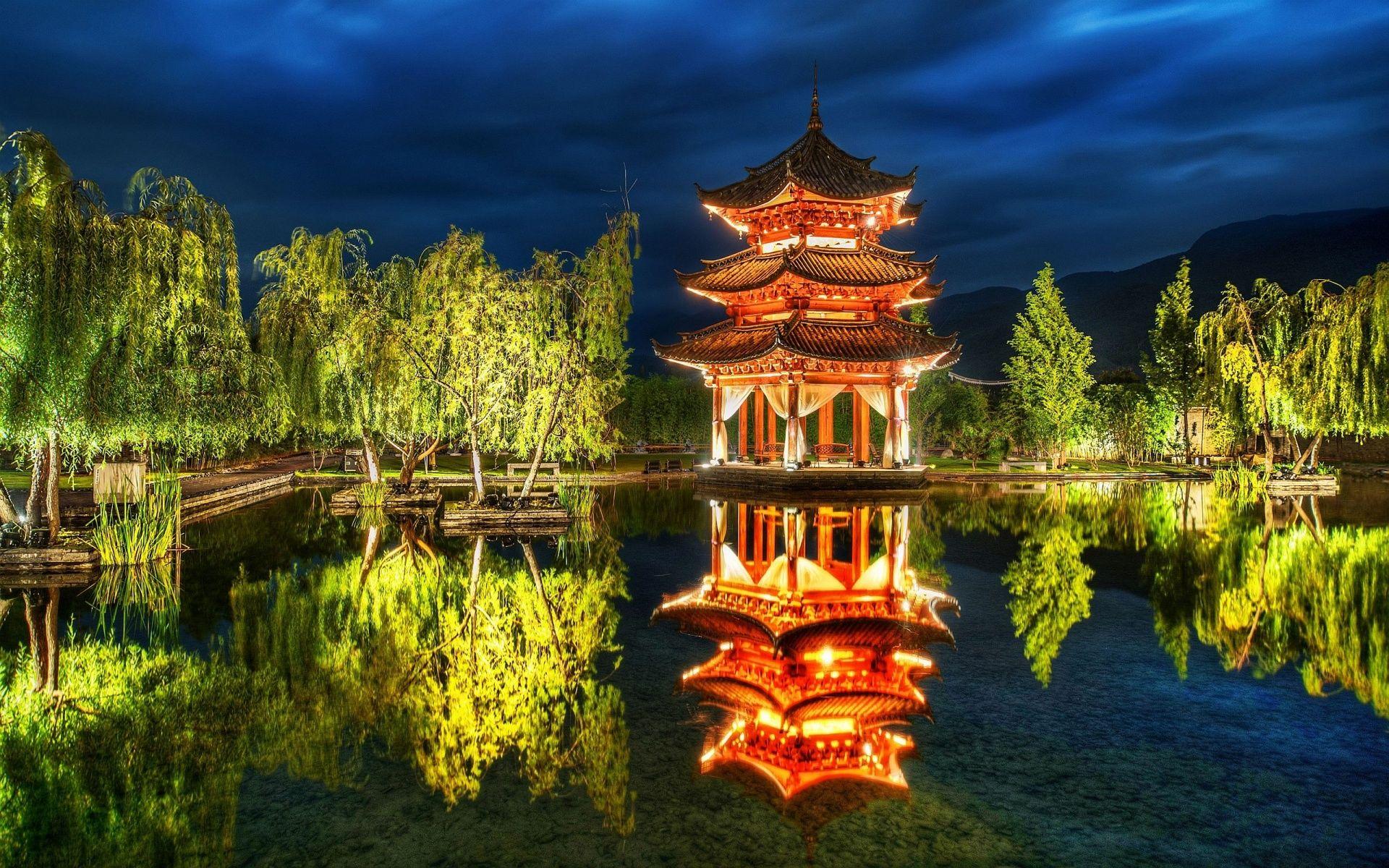History and Cultural Significance of Chinese Wallpaper

Chinese wallpaper, a rich tapestry of art and history, traces its origins back to the Eastern Han dynasty (25-220 CE). During this period, the invention of papermaking techniques paved the way for the creation of early forms of wallpaper known as “zhezhi.” These delicate sheets, adorned with simple patterns and auspicious symbols, were primarily used to decorate temples and palaces.
Chinese wallpaper, a timeless and exquisite art form, has graced homes for centuries. Its intricate designs and vibrant colors have inspired countless imitations and variations. Today, wallpaper remains a versatile choice for home decor, offering endless possibilities for creating unique and inviting spaces.
From classic damasks to modern geometric patterns, wallpaper for home adds a touch of sophistication and style to any room. Even as Chinese wallpaper continues to captivate with its timeless beauty, it remains an integral part of the ever-evolving world of home decor.
Over the centuries, Chinese wallpaper evolved into an intricate art form, influenced by various cultural and artistic movements. The Tang dynasty (618-907 CE) witnessed a surge in the production of woodblock-printed wallpaper, featuring elaborate designs inspired by nature, mythology, and religious imagery. During the Song dynasty (960-1279 CE), the introduction of new pigments and printing techniques led to the creation of vibrant and colorful wallpapers with complex patterns and scenes depicting landscapes, figures, and historical events.
Famous Chinese Wallpaper Patterns
Chinese wallpaper patterns hold profound cultural and artistic significance, often imbued with auspicious meanings and symbolic motifs. Some notable patterns include:
- Dragon and Phoenix: Representing imperial power and marital harmony.
- Peonies: Symbolizing wealth, prosperity, and beauty.
- Lotus: Associated with purity, enlightenment, and rebirth.
- Bamboo: Representing longevity, resilience, and strength.
- Clouds: Depicting good fortune, celestial blessings, and the heavens.
Design Elements and Characteristics

Chinese wallpaper, renowned for its intricate designs and vibrant hues, showcases a plethora of motifs, colors, and textures that hold deep symbolic meanings. These elements combine to create visually stunning and culturally significant artworks.
The most common motifs in Chinese wallpaper include auspicious animals like dragons, phoenixes, and cranes, which represent power, prosperity, and longevity. Floral patterns, such as peonies, chrysanthemums, and lotus flowers, symbolize beauty, wealth, and purity. Landscapes and scenes from Chinese mythology further enrich the visual tapestry, offering glimpses into the rich cultural heritage.
Colors
The colors used in Chinese wallpaper are equally symbolic. Red, a vibrant and auspicious hue, represents happiness, prosperity, and good fortune. Yellow, the color of the emperor, signifies power and authority. Green, associated with nature, symbolizes growth and vitality. Blue, the color of the sky and sea, represents peace and tranquility.
Textures
Chinese wallpaper exhibits a variety of textures, from smooth and glossy to embossed and textured. These textures add depth and dimension to the designs, creating a tactile experience that enhances the visual appeal. Some wallpapers feature raised patterns, such as flocking or embossing, while others incorporate materials like silk or velvet for a luxurious touch.
Techniques and Materials
Chinese wallpaper is traditionally crafted using a variety of techniques and materials. Hand-painted wallpapers, a testament to the artisans’ skill, showcase intricate designs and vibrant colors. Woodblock printing, another popular technique, allows for mass production of wallpapers with standardized patterns. Modern techniques, such as digital printing, offer greater precision and versatility in design.
Applications and Uses

Chinese wallpaper has gained popularity in interior design due to its unique aesthetic and cultural significance. It offers versatility and can be used in various spaces, creating a distinctive ambiance in each room.
Chinese wallpaper is commonly used in living rooms, bedrooms, and dining rooms. The intricate designs and rich colors add depth and character to these spaces. It is also suitable for commercial settings such as restaurants, hotels, and retail stores, where it creates an elegant and inviting atmosphere.
Types of Rooms and Styles
Chinese wallpaper complements both traditional and modern interiors. In traditional settings, it pairs well with dark wood furniture, antique pieces, and oriental rugs. In modern spaces, it can create a striking contrast when paired with sleek lines, contemporary furniture, and neutral colors.
Benefits and Considerations
Chinese wallpaper offers several benefits, including:
- Unique and eye-catching designs
- Durable and long-lasting
- Adds cultural and historical depth
- Versatile and suitable for various styles
However, it is essential to consider the following before using Chinese wallpaper:
- Can be expensive
- May require professional installation
- May not be suitable for all tastes or decors
Incorporating Chinese wallpaper into your home decor can add a touch of sophistication and elegance. The intricate designs and vibrant colors of Chinese wallpaper can create a stunning focal point in any room. If you’re looking to extend the beauty of your living space outdoors, consider exploring outdoor patio designs.
By incorporating elements of Chinese wallpaper into your patio decor, you can create a cohesive and inviting outdoor space that seamlessly blends the indoors and outdoors.